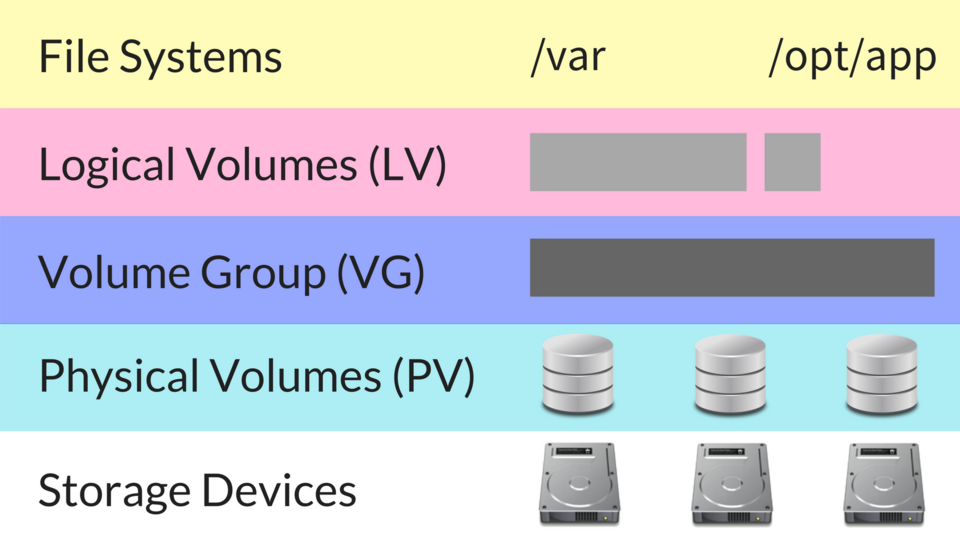Tengo varias aplicaciones desplegadas de forma "tradicional", es decir, con PHP en paquetería de la distribución, en mi caso Debian 12.
Tradicionalmente Debian ha sido bastante conservadora con las versiones de las aplicaciones y librerías que proporciona en sus repositorios estables. En general esto no es un problema y más ahora con la transición a contenedores pero en algunos casos










